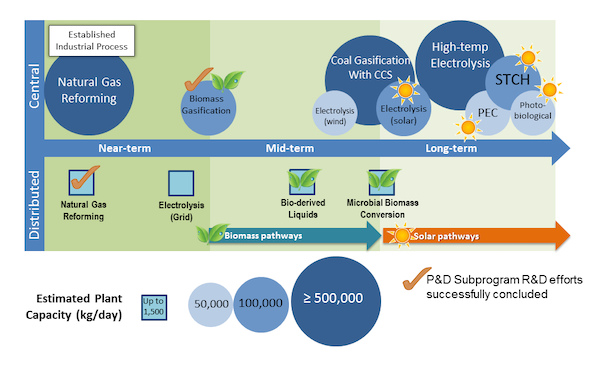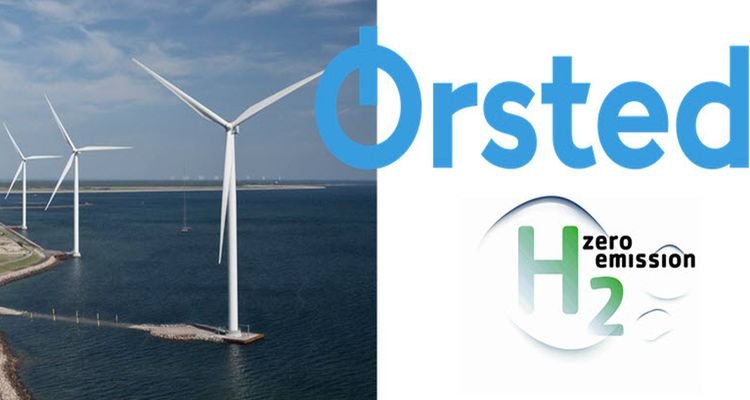Hydrogen-fueled personal mobility is still but a distant twinkle in the sky, but renewable hydrogen is poised to suck up shares of the market for industrial energy supply, long-haul shipping, and other sectors where coal, oil, and natural gas still have a toehold.

Hydrogen can be produced from diverse, domestic resources. Currently, most hydrogen is produced from fossil fuels, specifically natural gas.
At times wind and solar arrays can produce far more electricity than their local grid can absorb. Rather than curtailing production, this electricity can be monetize by producing hydrogen, which can then be stored or transported elsewhere.
Denmark-based Ørsted has secured funding to build a 2-megawatt electrolysis facility, which will deploy electricity from offshore wind turbines.

Ørsted’s partners in the project are Everfuel Europe A/S, NEL Hydrogen A/S, GreenHydrogen A/S, DSV Panalpina A/S, Hydrogen Denmark and Energinet Elsystemansvar A/S.
The target market for hydrogen from the new facility will be a fleet of 20-30 buses, with the potential for testing in trucks as well.
The plans for testing may also include taxis, which is interesting because some experts have concluded that battery-electric vehicles have effectively crowded hydrogen fuel cell EVs out of the market for passenger cars, at least for the foreseeable future.
If all goes according to plan, Ørsted’s renewable hydrogen venture could have huge implications for the renewable energy transition in the US.
That’s because Ørsted is already a major player in the US clean power market, and the curtailment-storage scenario is already a thing here.
Reference- Clean Technica, Ørsted website






